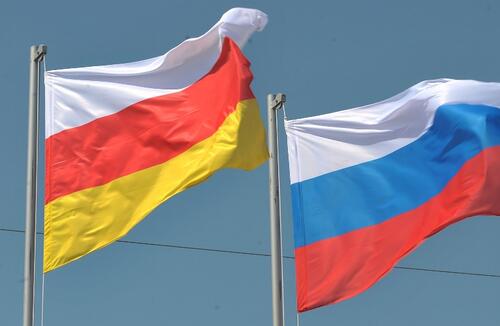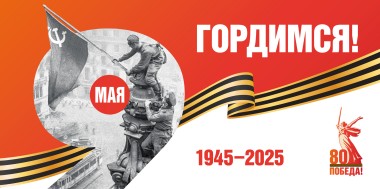On February 14, 1992, a special police detachment was created in the war-torn South Ossetia. To be more precise, the detachment began to be formed several months before the date that entered the history of the Ossetian statehood. At that time, the entire law enforcement system in South Ossetia was in a difficult situation: the militia began to be disarmed, starting in 1991. The Soviet Union still existed, a system of linear subordination of bodies "union center - republican - autonomous region - city" was built with an unshakable rule of subordination to orders. Now we can only wonder at the courage and ability to calculate the course of future events of the SWAT’creator - Vadim Gazzaev, who at that time was an employee of the Tskhinval militia department. As his comrades later recalled, he began to bear the idea of creating an organized defense detachment even then, having managed to conceal units of weapons. The first legendary detachment included thirteen people. The headquarters was located in the Oak Grove above the ещцт.
On February 14, 1992, OMON officially entered the structure of the Ministry of Internal Affairs of South Ossetia. The number of the most organized defense detachment of the Republic increased by the hour. Different people came: former "Afghans", employees of the internal affairs bodies, doctors, teachers, students and yesterday’s schoolchildren.
A few months later, the riot police took a baptism of fire - there were battles for Tskhinval near the fuel and energy complex. In the history of any patriotic war against the aggressor there are significant places that become symbols of courage for future generations. There are Pulkovo heights above Leningrad, Volokolamsk and Rzhev near Moscow ... We have “battles for the fuel and energy complex”. The riot police had nowhere to retreat - behind them was Tskhinval and they stood in the way of the enemy, which was superior in numbers and weapons, by an insurmountable wall. Defending their hometown, died a hero's death Gennady Dzhabiev, Alexander Mikhailenko, Mikhail Kozhukhov, Zurab Gubaev, Stanislav Gabaraev, Radion Tabuev.
The fearlessness of Vlad Dzhioev (Basmach), an Afghan warrior, was even respected by the enemy: he was mortally wounded and could fire back upon entire detachment for a long time. Composer Atsamaz Makoev and the great poet Taimuraz Khadjetsysub sequently dedicated a song to him. It has always been this way in the history of Ossetians - a heroic song, as the highest award to a hero. And the feat of the very young Grishik Sanakoev will remain both an example of inflexibility and indelible disgrace for his executioners, for only cowards who have lost their human appearance can torture an unarmed captive. In those battles over Tskhinval, the commander, Vadim Gazzaev, was also wounded. The riot police did not let the enemy into the town. In the postwar years, the riot police had to solve an equally difficult task - the fight against crime.
Years have passed and the new generation of the riot police will repeat the feat of senior comrades. On August 8, 2008, heavy equipment of the Georgian army headed towards Tskhinval along the Tbet road. The total number of Georgian forces was about 400 people with the support of 25 units of heavy equipment. A small group of OMON fighters stood in their way. And again, Tskhinval was behind, and again the fighters took an unequal battle, fired back to the last bullet. Covering the city with themselves, died a hero's death Alan Kabisov, Valery Dzakhoev, Soslan Maldzigov, Alan Sanakoev, Gayoz Bichenov - the guys were in their early twenties-. Together with them, was killed in battle Tamaz Pliev, the Deputy Commander of OMON of the Ministry of Internal Affairs of the Republic of South Ossetia,
It is no accidental to say that “the great is seen at a distance” - not only spatial, but also temporary.
It seems that some time must still pass, and only then can we look at the events we are witnessing with a view that is free from subjective perception.
And the history of the riot police will be studied as the most important part of the history of armed resistance to the aggressor, part of the history of the struggle for independence.







